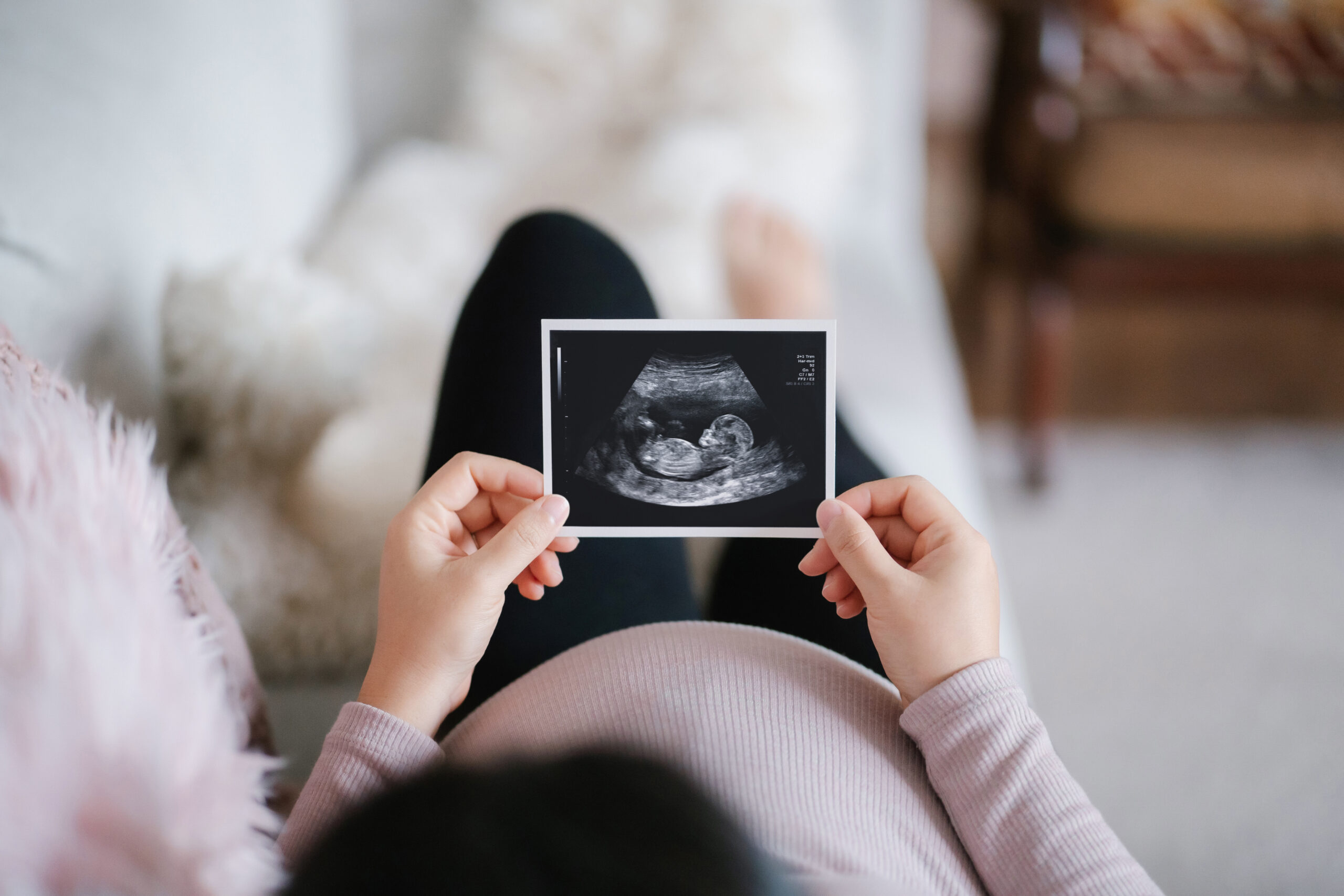The use of general anesthesia in surgical and diagnostic procedures has been a cornerstone of modern medicine, providing safe and pain-free experiences for patients. However, in recent years, concerns have emerged regarding the potential long-term effects of general anesthesia on neurodevelopmental outcomes, particularly in infants and young children whose brains are still undergoing rapid growth and maturation. While the benefits of anesthesia in ensuring patient safety and comfort during surgery are undisputed, understanding its potential impact on neurodevelopment is critical for making informed decisions in pediatric care.
Understanding General Anesthesia and Neurodevelopment
General anesthesia is a medically induced, reversible state of unconsciousness achieved through a combination of anesthetic agents that suppress the central nervous system (CNS). These agents include inhalational anesthetics (e.g., sevoflurane, isoflurane) and intravenous drugs (e.g., propofol, ketamine). While these medications are effective for pain management and sedation, their effects on the developing brain have raised concerns.
The first few years of life represent a critical period of neurodevelopment characterized by rapid synaptogenesis, neural pruning, and the establishment of functional brain circuits. Exposure to anesthetic agents during this time may interfere with these processes, potentially leading to long-term changes in cognitive, behavioral, and emotional outcomes.
Evidence from Preclinical Studies
Animal studies have provided much of the evidence linking general anesthesia to neurodevelopmental effects. In rodents and non-human primates, exposure to commonly used anesthetic agents during early developmental stages has been associated with neuronal apoptosis, altered synaptic function, and impaired neurogenesis. These changes are often accompanied by deficits in learning, memory, and social behaviors.
While these findings raise concerns, it is important to note that the doses and durations of anesthesia used in animal studies often exceed those typically used in clinical settings. Additionally, the direct translation of results from animal models to human populations is complex due to differences in brain development and exposure conditions.
Clinical Evidence in Humans
Human studies examining the effects of general anesthesia on neurodevelopment have yielded mixed results. Large-scale observational studies have suggested an association between early exposure to anesthesia and an increased risk of learning disabilities, attention deficits, and behavioral problems. However, these studies are often limited by confounding factors, such as the underlying medical conditions necessitating surgery, which may independently influence neurodevelopmental outcomes.
The GAS (General Anesthesia compared to Spinal anesthesia) trial, a randomized controlled study, provided important insights into this issue. It found no significant differences in cognitive outcomes at two years and later at five years between children exposed to general anesthesia and those receiving spinal anesthesia for hernia repair. Similarly, the PANDA (Pediatric Anesthesia Neurodevelopment Assessment) study, which focused on sibling pairs where one child had been exposed to anesthesia, reported no significant long-term cognitive differences.
Despite these findings, concerns persist, particularly for repeated or prolonged exposures to anesthesia. The FDA issued a safety warning in 2016 cautioning against the use of general anesthesia in children under three years of age for prolonged or repeated procedures, unless medically necessary.
Mechanisms of Potential Neurotoxicity
The potential neurotoxicity of general anesthesia is believed to involve several mechanisms:
- Neuronal Apoptosis: Anesthetic agents may trigger programmed cell death in developing neurons, particularly during periods of rapid synaptogenesis.
- Synaptic Dysfunction: Alterations in synaptic transmission and plasticity may disrupt the formation of functional neural circuits.
- Neuroinflammation: Anesthetic agents may induce inflammation in the CNS, which could contribute to long-term changes in brain function.
These mechanisms underscore the importance of minimizing unnecessary exposure to anesthesia during critical periods of brain development.
Balancing Risks and Benefits
When evaluating the risks of general anesthesia, it is crucial to balance them against the benefits of timely surgical and diagnostic interventions. Delaying necessary procedures due to concerns about anesthesia may result in complications that pose greater risks to a child’s overall health and development.
Healthcare providers can mitigate potential risks by using the lowest effective doses of anesthesia, minimizing the duration of exposure, and considering alternative techniques such as regional or local anesthesia when appropriate. Advances in monitoring and drug delivery systems also contribute to safer anesthesia practices.
Future Directions in Research
Ongoing research aims to better understand the effects of general anesthesia on neurodevelopment and identify strategies to mitigate potential risks. Studies are exploring the use of neuroprotective agents, such as dexmedetomidine and melatonin, to reduce anesthetic-induced neurotoxicity. Improved biomarkers and imaging techniques are being developed to detect early signs of neurodevelopmental changes in exposed children.
Long-term, multi-center studies with robust methodologies are needed to clarify the relationship between anesthesia exposure and neurodevelopmental outcomes in humans. These studies will help refine guidelines and provide evidence-based recommendations for pediatric anesthesia care.
Conclusion
The effects of general anesthesia on neurodevelopmental outcomes remain a complex and evolving area of research. While animal studies highlight potential risks, clinical evidence in humans is less conclusive, particularly for single, short-duration exposures. For now, the benefits of general anesthesia in enabling life-saving and quality-of-life-improving procedures outweigh the potential risks for most children. By continuing to prioritize research, refine anesthesia practices, and educate caregivers, healthcare providers can ensure the safest and most effective care for pediatric patients.
